New Company Creates Freedom for the Visually Impaired Researcher
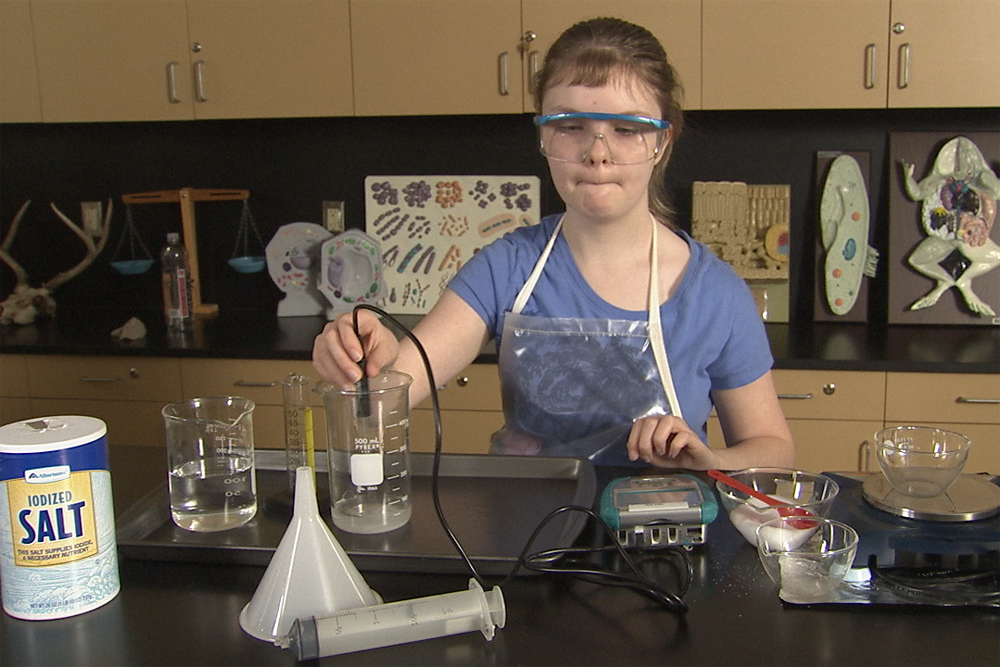
This Behind the Scenes article was provided to LiveScience in partnership with the National Science Foundation.
Students who are visually impaired can face many hurdles throughout their schooling. Now, thanks to Cary Supalo — who lost his eyesight at the age of seven — conducting scientific research doesn't have to be an obstacle.
As he worked towards a Master's degree in inorganic chemistry at Pennsylvania State University, Supalo realized that lab and field research were daunting tasks for the visually impaired. After experiencing firsthand how research results can vary when a student who is visually impaired uses "sighted assistance," Supalo founded the ILAB (Independent Laboratory Access for the Blind) Project.
"Undergraduate students assisting me in the research lab varied synthesis techniques, thus introducing new variables into my experiment. Thus, my results did not yield any statistically significant correlations between variables of my experiment," said Supalo.
Certain experiments require that someone observe results. With sighted assistance, a sighted individual observes and relays results to the visually impaired researcher. The issue Supalo came across was that laboratory techniques, methods of collecting data and translating data varied by individual assistant. The variations introduced could cause inconsistencies in results.
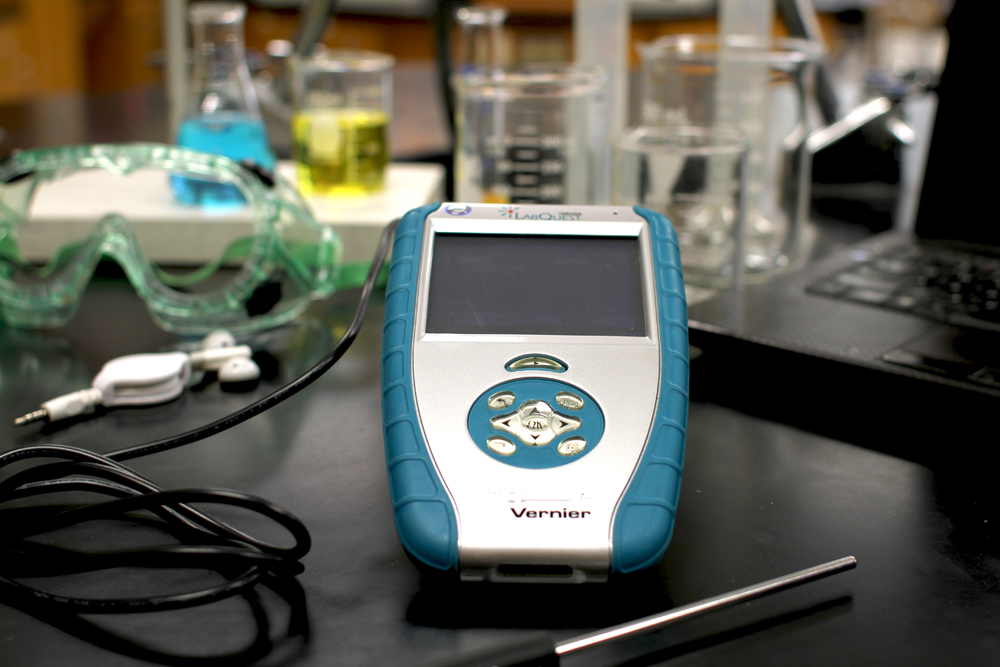
Supalo and his colleagues developed the Talking LabQuest and Talking Logger Pro to enable students who are blind to independently participate in lab and field research. The Talking LabQuest and Logger Pro work successively in collecting and analyzing data.
Real-Time Results
Sign up for the Live Science daily newsletter now
Get the world’s most fascinating discoveries delivered straight to your inbox.
After six years of NSF-funded research, Supalo's ILAB project came to an end and he founded Independence Science to commercialize the tools he'd developed.
The Talking LabQuest is a handheld device that researchers take into the field for data collection, or use in a laboratory. The standard LabQuest does not speak out of the box; however, with the Talking LabQuest add-on, the device speaks as it collects data. Users can program it to give real-time results at several customizable intervals. The user can customize the rate, pitch, punctuation and pronunciation of data. The Talking LabQuest also has a touch screen, navigation buttons and 70 sensors — the most popular of which are pH, temperature, salinity and motion sensors.
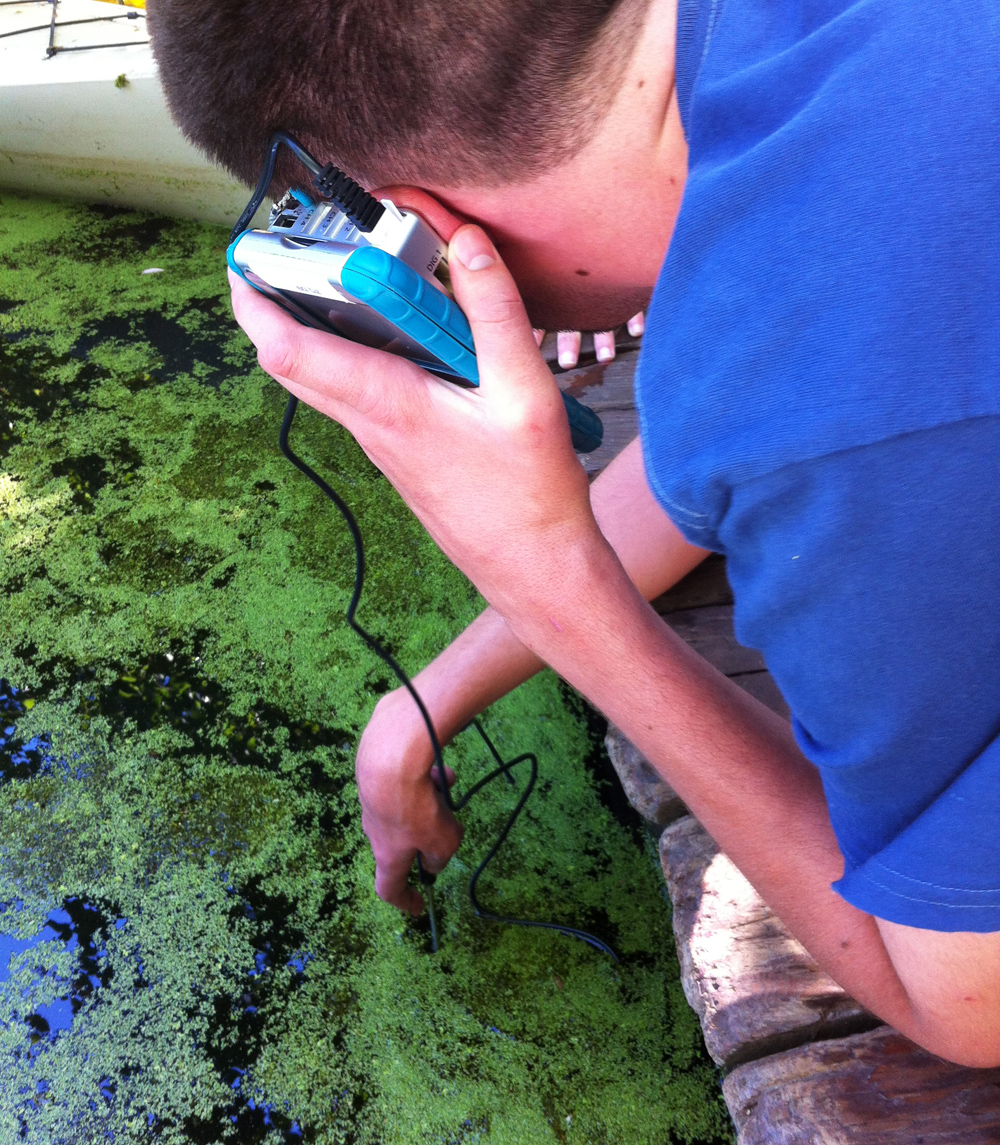
An updated Talking LabQuest coming out this fall will boast even more capabilities. The new version will give users better control of the speech output as well as access to more spoken menu items.
Independence Science researchers also are working to integrate technology with a Braille embosser, which would enable individuals to print tactile drawings of graphs as well as Braille copies of data tables. The tactile graphs will simply have raised points that users can feel with their fingers, unlike the Braille data tables, which individuals will be able to read. The Talking LabQuest with Braille and tactile capabilities should be available in summer 2013.
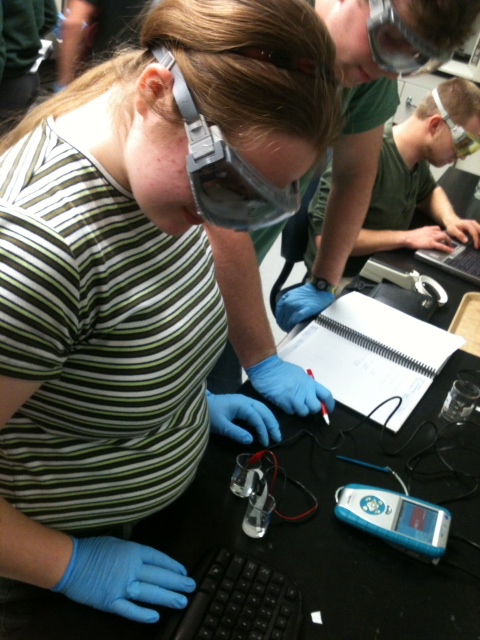
LabQuest Process
In the field, a student who is blind would use the LabQuest to collect data in real time. Back at the lab or office, the student would plug the device into a computer loaded with the Logger Pro software, which would then graph the data. The Logger Pro uses sonification — the use of non-speech audio — to turn data points into sound. For example, as the data points on a Cartesian graph rise on the y-axis, the user will hear a high-pitched sound; as the points drop towards the x-axis, there will be a low-pitched sound.
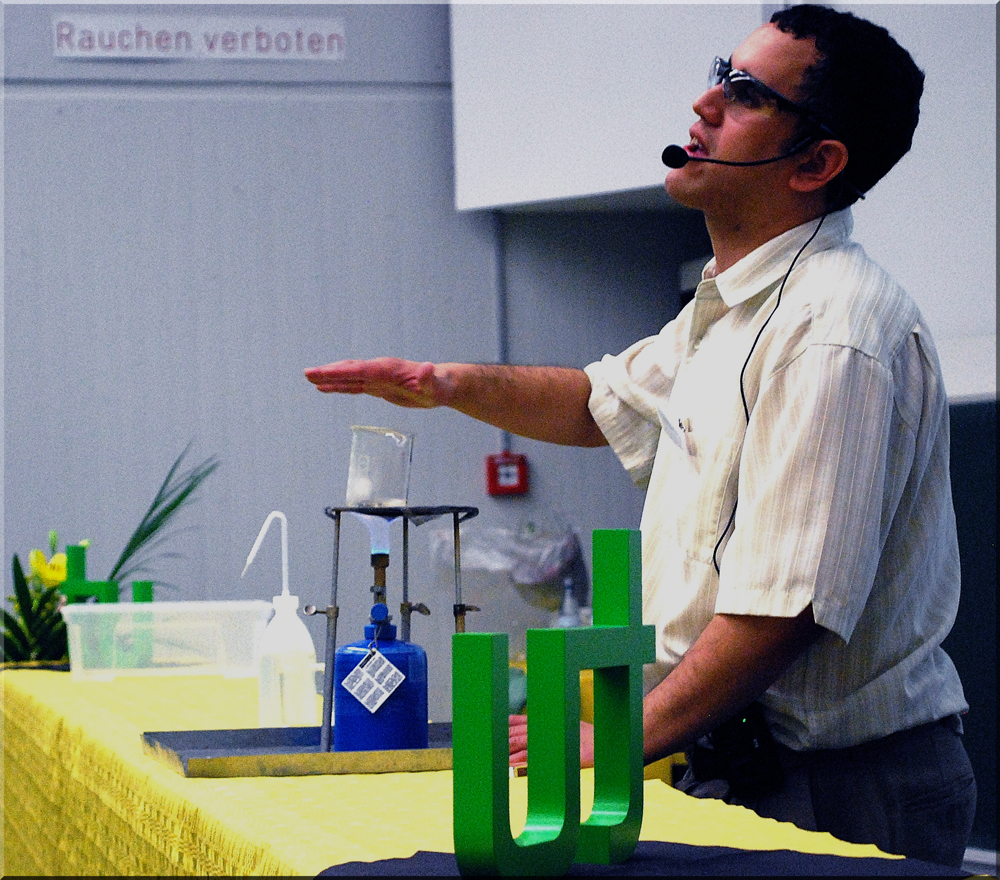
Both the Talking LabQuest and Logger Pro will give students who are visually impaired the freedom to conduct their own research, but Independence Science is not stopping at that. The success of science students who are blind is not solely based on what research they are able to conduct on their own, but also on how individuals are trained to interact with visually impaired students. Independent Science and ILAB are therefore working to make teachers more comfortable with students who are visually impaired, helping them to understand what their needs are, and to address issues within the lab. This involves training teachers, providing lab procedures to students ahead of time so that they can familiarize themselves with safety procedures, the lab bench, etc.
Supalo's parting advice to undergraduates is a message that easily applies to the general student population, not just the visually impaired: "Do not get discouraged. Become your own advocate for what it is you wish to pursue in STEM [science, technology, engineering, and math]. Also, learn how to communicate your needs and work with access technology to allow you to do as much independent lab work as you can."
Editor's Note: The researchers depicted in Behind the Scenes articles have been supported by the National Science Foundation, the federal agency charged with funding basic research and education across all fields of science and engineering. Any opinions, findings, and conclusions or recommendations expressed in this material are those of the author and do not necessarily reflect the views of the National Science Foundation. See the Behind the Scenes Archive.










